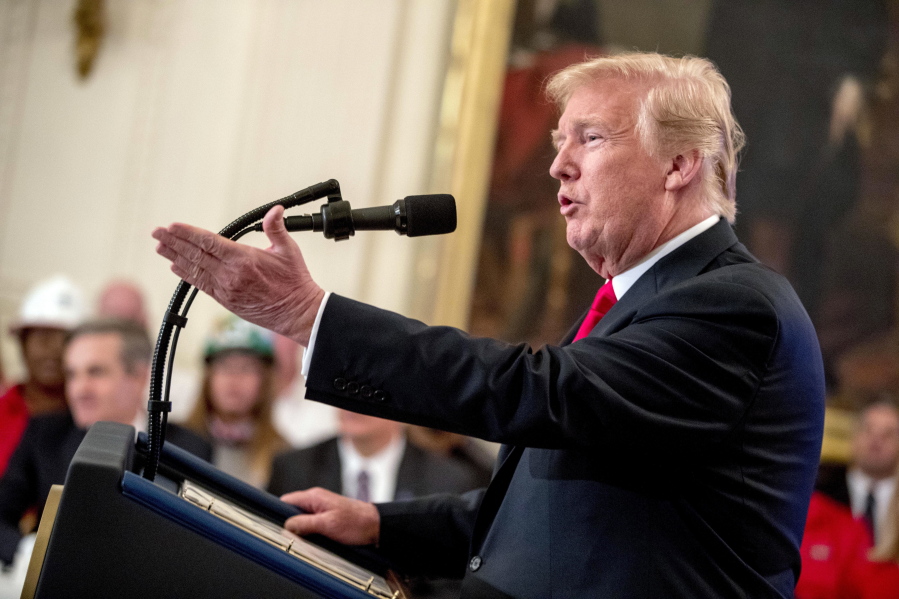WASHINGTON — With President Donald Trump intensifying his rift with U.S. trading partners, economists are growing more doubtful that any deal that might benefit American workers and companies is in sight.
Instead, many analysts say they expect the Trump administration to impose more tariffs on China and potentially other key U.S. trading partners. With those nations almost certain to retaliate, the result could be higher prices for Americans, diminished export sales and a weaker U.S. economy by next year.
In an interview with CNBC that aired Friday morning, Trump renewed his threat to ultimately slap tariffs on a total of $500 billion of imports from China — roughly equal to all the goods Beijing ships annually to the United States. The president has already imposed tariffs on $34 billion in Chinese goods, and Beijing has retaliated with tariffs on an equal amount of American exports. The White House has also itemized $200 billion of additional Chinese imports that it said may be subject to tariffs.
In addition, Trump has told the Commerce Department to investigate whether imported autos and auto parts threaten America’s national security — the same justification the president has invoked for other tariffs he has imposed or threatened, including on imported steel and aluminum. If the answer is yes, the administration says it could slap 20 percent to 25 percent tariffs on $335 billion of auto imports. Higher car prices for American consumers would inevitably follow.
On Friday morning, Trump for a second day also criticized the Federal Reserve, breaking with a long-standing tradition at the White House of avoiding any influence, real or perceived, on the independence of the U.S. central bank. Simultaneously, he accused China of allowing its tightly controlled currency to drift lower against the dollar, a move that could help Chinese exporters by making their goods more affordable overseas.
In a tweet, the president said: “China, the European Union and others have been manipulating their currencies and interest rates lower, while the U.S. is raising rates while the dollar gets stronger and stronger with each passing day — taking away our big competitive edge.”
Last month, the Fed raised its benchmark rate for a second time this year and projected two more increases in 2018. Its rate hikes are meant to prevent the economy from overheating and igniting high inflation. But rate increases also make borrowing costlier for households and companies and can weaken growth.
Analysts say they’re becoming more convinced that Trump’s multi-front trade fights aren’t merely a short-term negotiating ploy. Rather, he may be prepared to wait as long as he feels it necessary to force other countries to adopt trade rules more favorable to the United States.
“People are underestimating what we’re headed for,” said Rod Hunter, a lawyer who served as a White House economic adviser under President George W. Bush. “He’s been saying since the ’80s that trade deals are bad and we should have more tariffs, and that’s what we’re getting.”



